United Airlines flight 1175 engine failure. The full story
On February 13, 2018, United Airlines flight 1175 experienced a severe engine failure while flying over the Pacific Ocean. The Boeing 777-222 aircraft was carrying 378 passengers and crew members, and the pilots’ quick thinking and actions saved the lives of everyone on board. The incident raised questions about the safety of air travel and the importance of pilot training in emergency situations.
The article will explore the events leading up to the engine failure, the actions taken by the pilots, and the aftermath of the incident. By examining this case, readers can gain insight into the challenges faced by pilots and the critical role they play in ensuring the safety of air travel.
Key Takeaways
- United Airlines Flight 1175 experienced a severe engine failure over the Pacific Ocean, putting the lives of 378 passengers and crew members at risk.
- The pilots’ quick thinking and actions saved everyone on board, highlighting the importance of pilot training in emergency situations.
- The incident raised questions about the safety of air travel and the challenges faced by pilots in ensuring the safety of passengers.
The airplane and the crew members

United Airlines Flight 1175 was operated by a Boeing 777-222, a long-range aircraft purchased by United Airlines in 1995. The flight departed from San Francisco International Airport to Honolulu, Hawaii with 363 passengers and 15 crew members on board.

In the cockpit of the aircraft were three pilots, including Captain Christopher Borzu Behnam, First Officer Paul Ayers, and a jump seat rider, pilot Ed Gagarin. Captain Behnam had extensive experience as a pilot, with 360 hours on the B777 and over 13,000 flight hours in his entire career. First Officer Ayers was also highly experienced, with over 10,000 flying hours on the B777 out of a total of 11,318 flying hours in his career. The presence of a third man in the cockpit would prove to be a huge help on what was to come.
The crew members’ experience and expertise played a crucial role in the safe landing of the aircraft after the in-flight separation of a fan blade in the No. 2 (right) engine over the Pacific Ocean. The pilots’ quick thinking and skillful execution ensured that all 378 souls on board landed safely at the Daniel K. Inouye International Airport in Honolulu, Hawaii.
United Airlines Flight 1175 has taken off
Preparation for take-off went normally. After all the passengers had boarded, First Officer Paul Ayers took off. The pilots contacted the Honolulu frequency for weather information, after which Captain Behnam left the cabin and went to the bathroom.
The engine failure
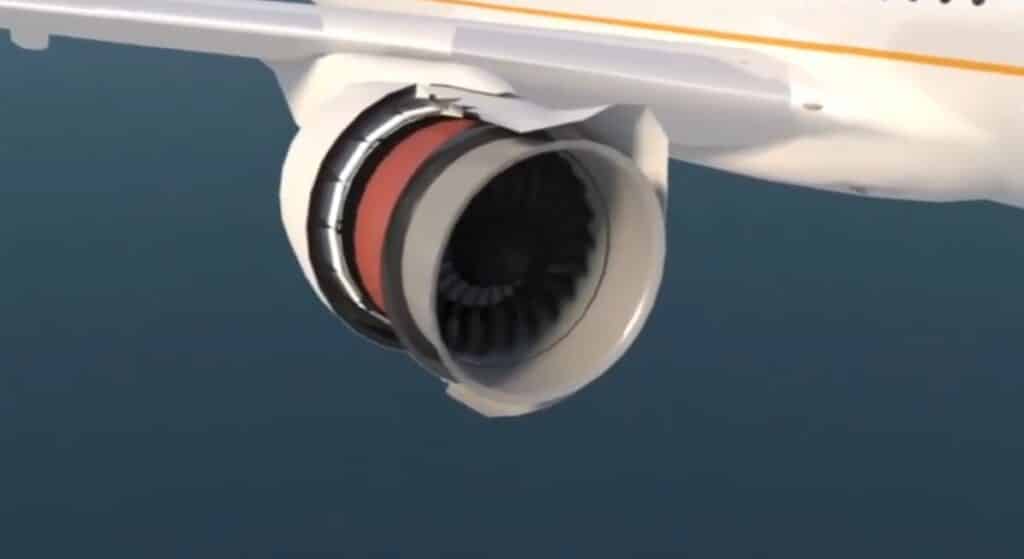
Just three minutes after the captain returned to the cabin, at 36,000 feet, a deafening explosion was heard. Captain Behnam said in an interview: “it felt like the plane hit a brick wall”. The plane began to shake and vibrate violently and loud metal sounds could be heard. On a scale of 1 to 10, the captain said the vibration was 15. The instruments were hard to read because of the strong vibration. After the explosion, the autopilot disconnected and the plane rolled to a 40 degrees bank to the right. Over the Pacific Ocean, at a distance of 120 miles (193 km) from Honolulu airport, the plane became uncontrollable.
The pilots’ actions
Captain Behnam, who had experience in acrobatic flight, took control of the aircraft and pushed the left rudder to stop the plane from rolling. He then asked Paul, the first officer, to push the nose of the plane to break the angle of attack. The captain and first officer worked together to stabilize the aircraft, eventually finding a balanced position for the plane.
The vibration was so strong that the instruments were hard to read, and the right engine instrument went blank thirty seconds after the impact. The pilots turned off the right engine, which significantly decreased the vibration, and applied full thrust on the left engine.
The jump seat rider, Ed Gagarin, contacted Honolulu control and declared an emergency. The pilots worked together to find solutions for the abnormally behaving aircraft. Captain Behnam asked Gagarin to go and film the right engine to better understand what was happening. The video revealed that the engine was missing its cowling, which severely affected the aerodynamics of the plane and caused the engine to shake badly.
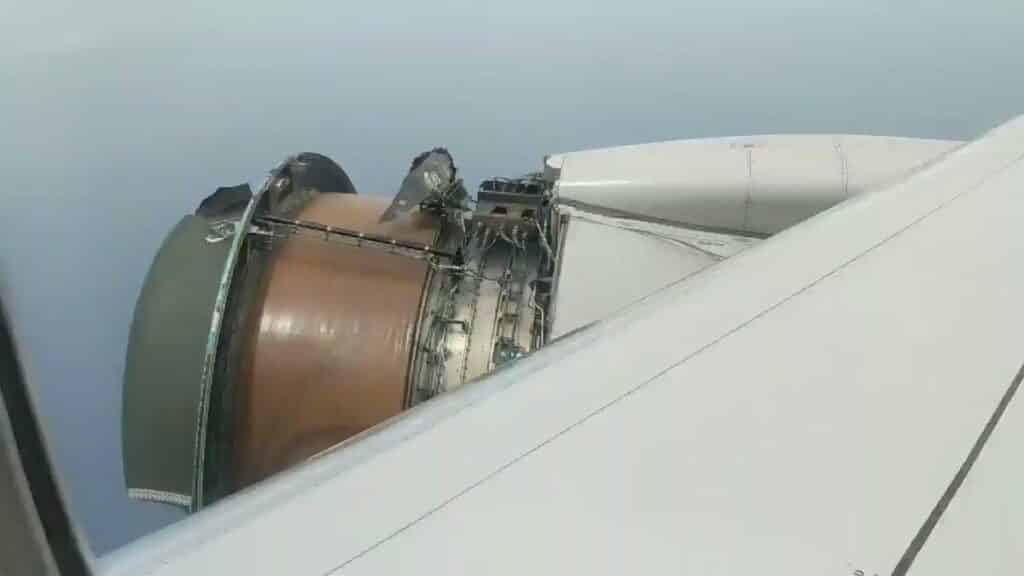
The pilots’ quick thinking and teamwork were crucial in preventing a catastrophe. The captain’s experience in acrobatic flight and the first officer’s cooperation played a significant role in stabilizing the aircraft. The jump seat rider’s quick action in contacting Honolulu control and declaring an emergency also helped in securing a safe landing.
Landing at Honolulu Airport
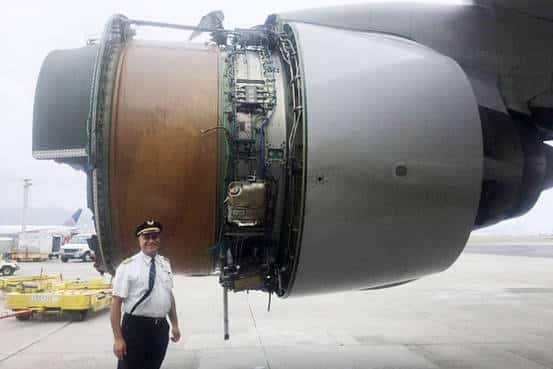
Captain Behnam flew the plane at high speed to get better control of the aircraft. Consequently, the runway had to be long and the landing had to happen in one attempt. Because the autopilot wasn’t working, the captain didn’t take his hand off the yoke or the throttle until landing. Finally, at 12:37 local time according to wikipedia, the plane touched down. 40 minutes after the explosion occurred, United Airlines flight 1175 arrived safely in Honolulu.
Results of the investigation and the aftermath

The National Transportation Safety Board (NTSB) investigation revealed that the engine failure of United Airlines Flight 1175 was caused by a fracture on a blade of the Pratt & Whitney PW4077 turbofan engine. Consequently, the Federal Aviation Administration (FAA) requested an improvement in the engine inspection method. United Airlines refunded the ticket money to all passengers. The crew of Flight 1175 was awarded ALPA’s Superior Airmanship Award for their decisions and actions that saved the lives of 378 souls.
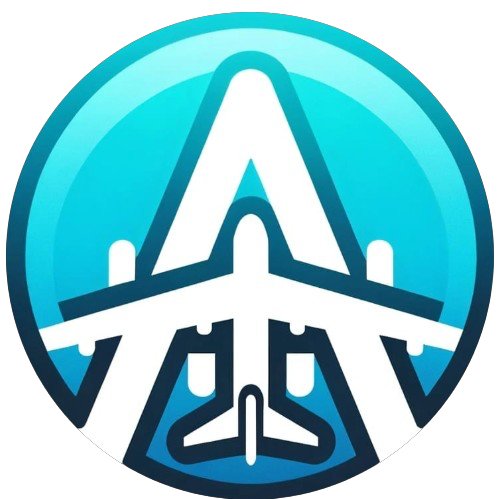
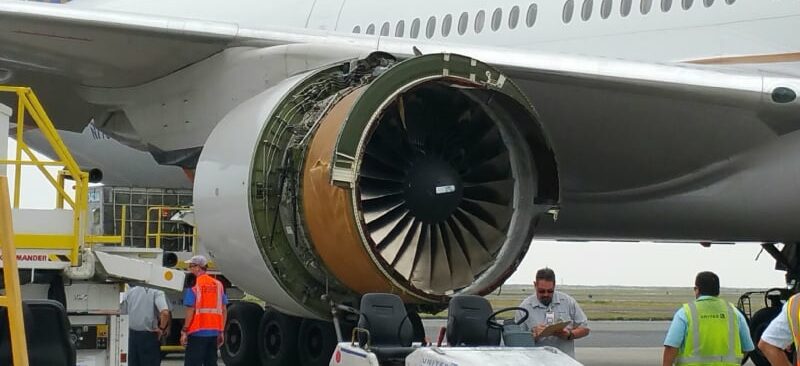

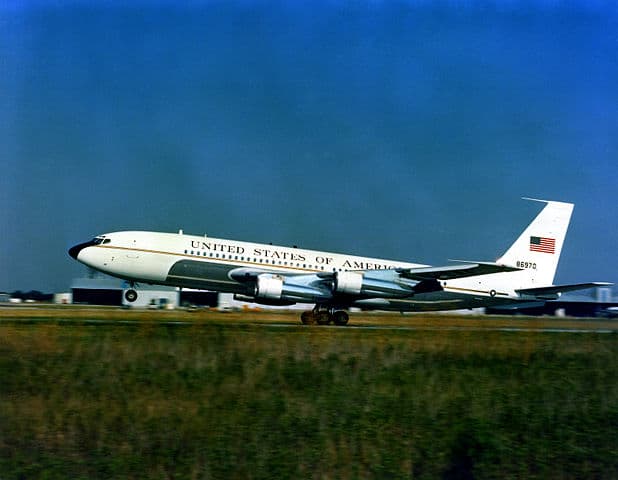




I really salute all the cabin Crew members for their bravery action that saved all the souls aboard.
May the Almighty, reward them in abundance.
I need a job
Everyone was united with God
Great job by a fine pilot.